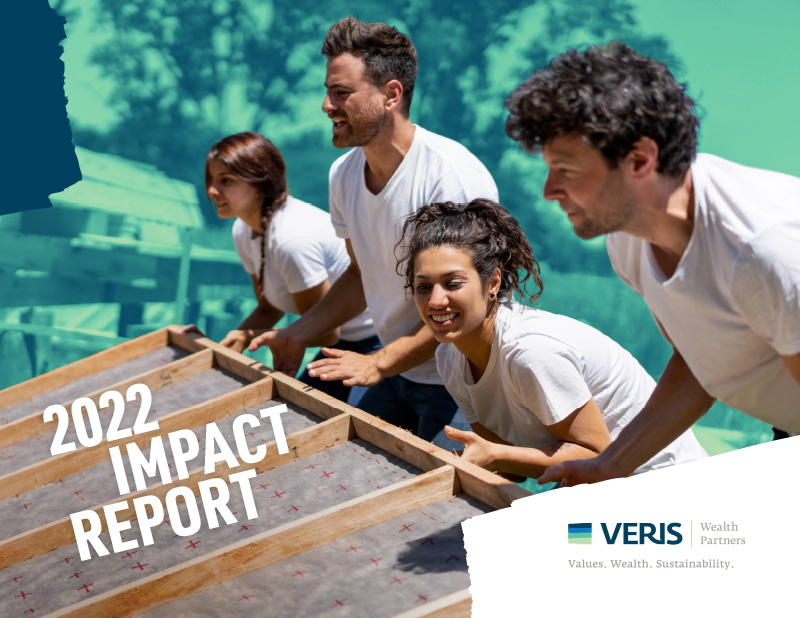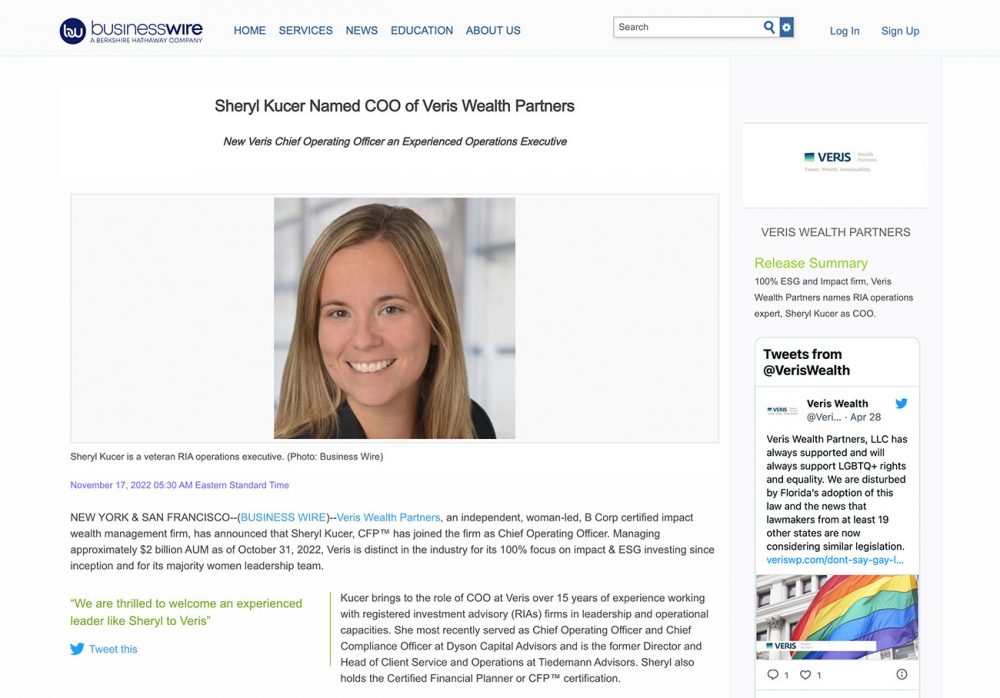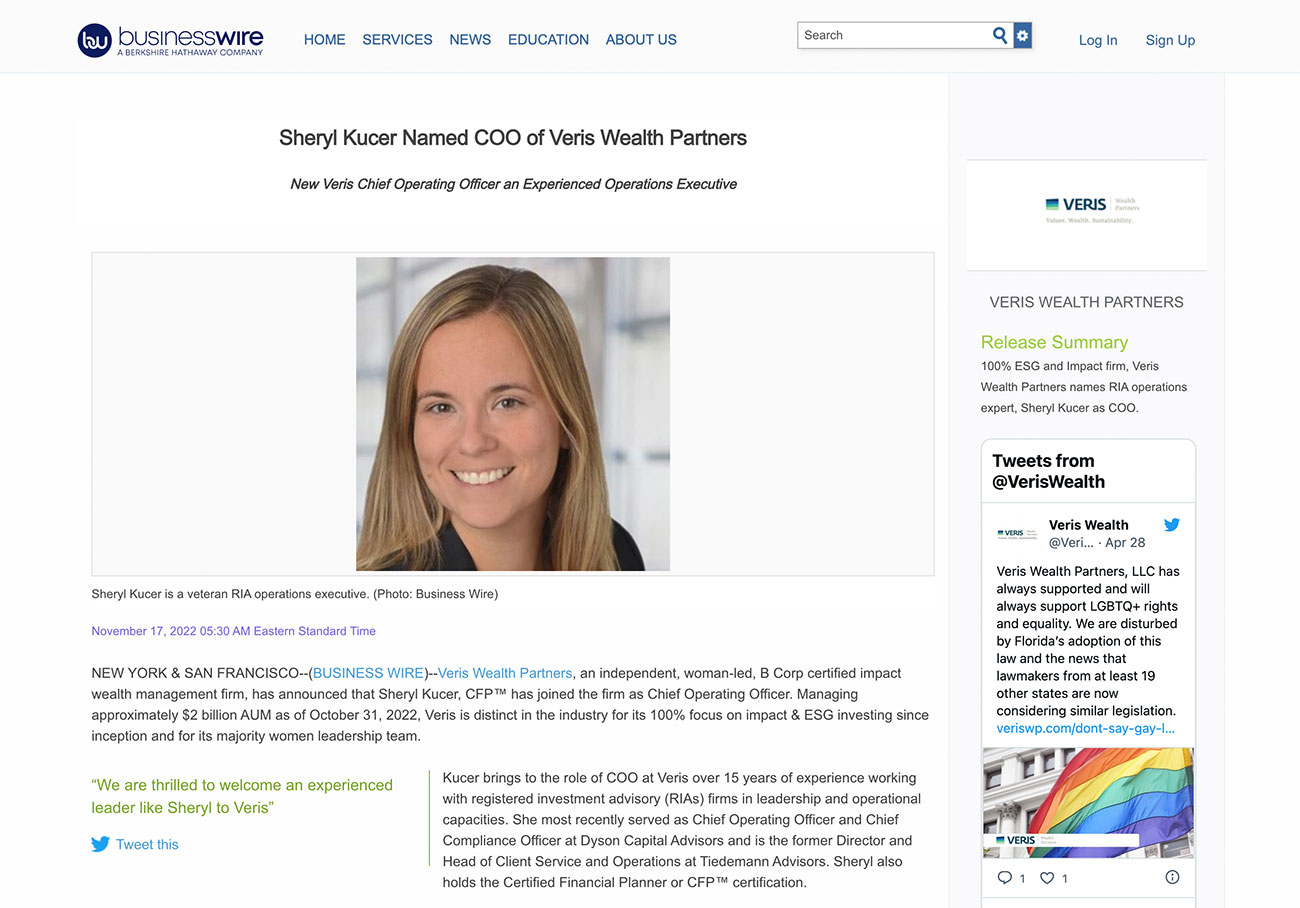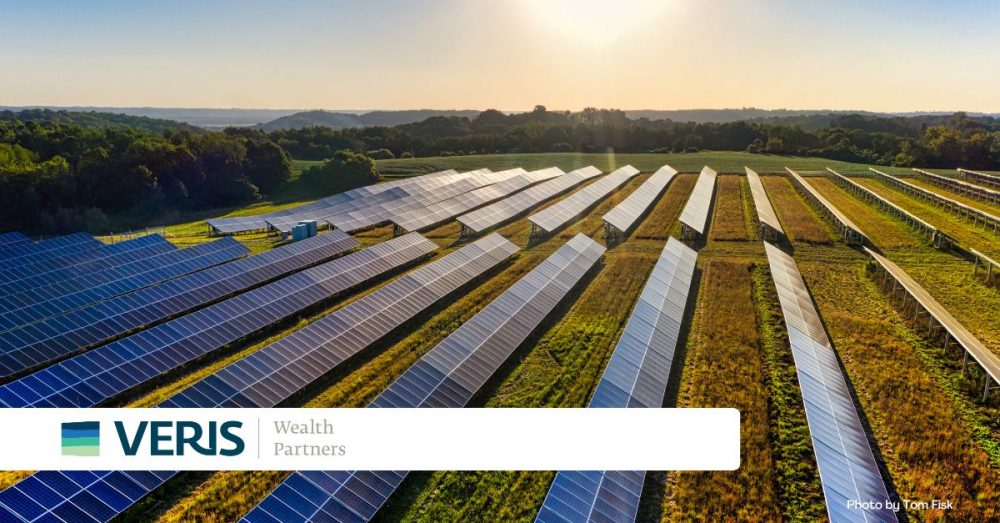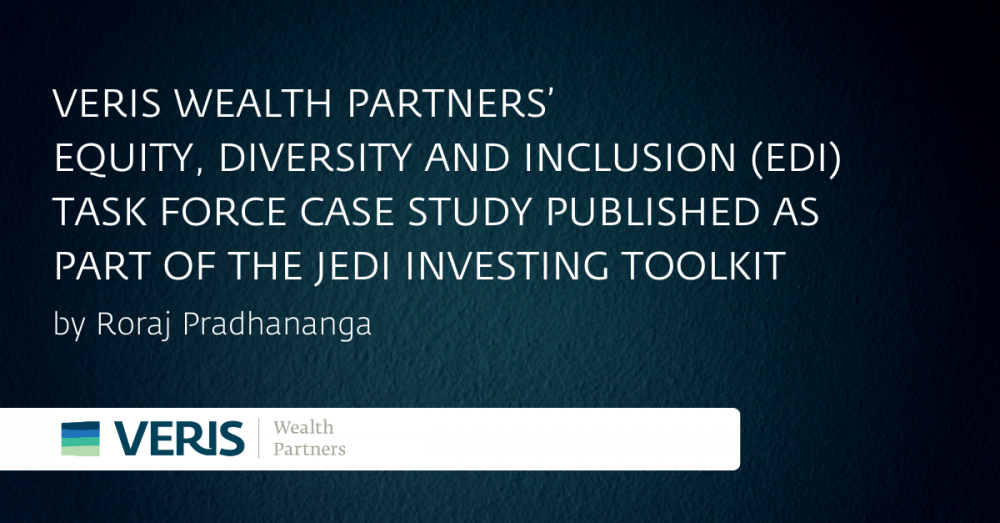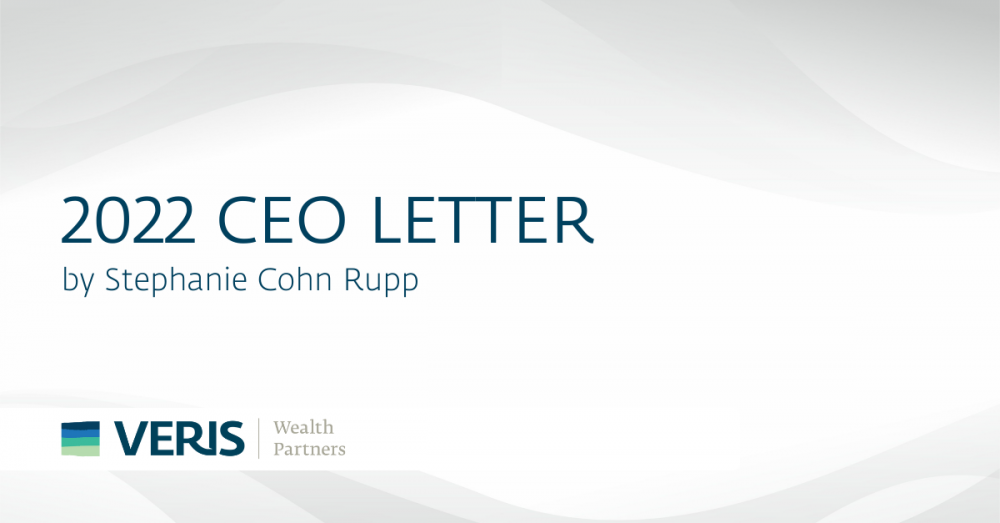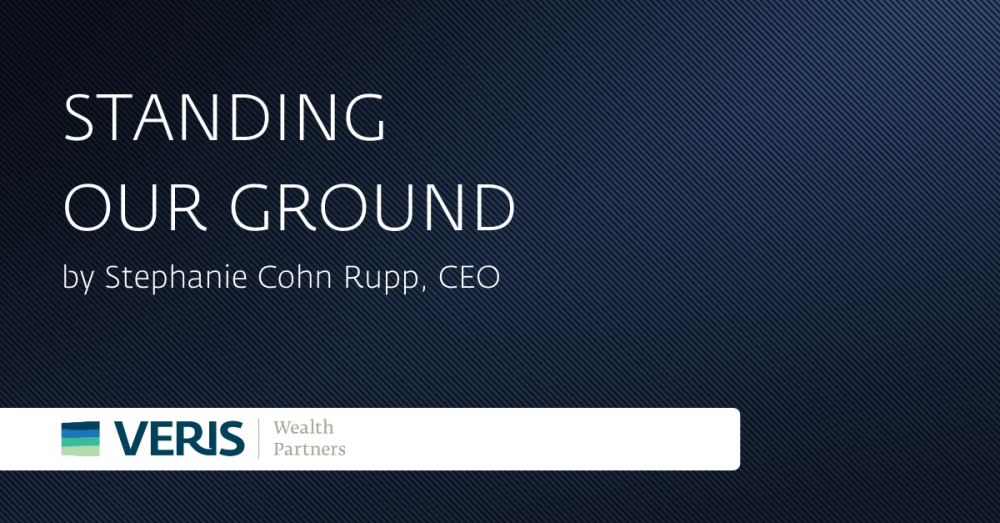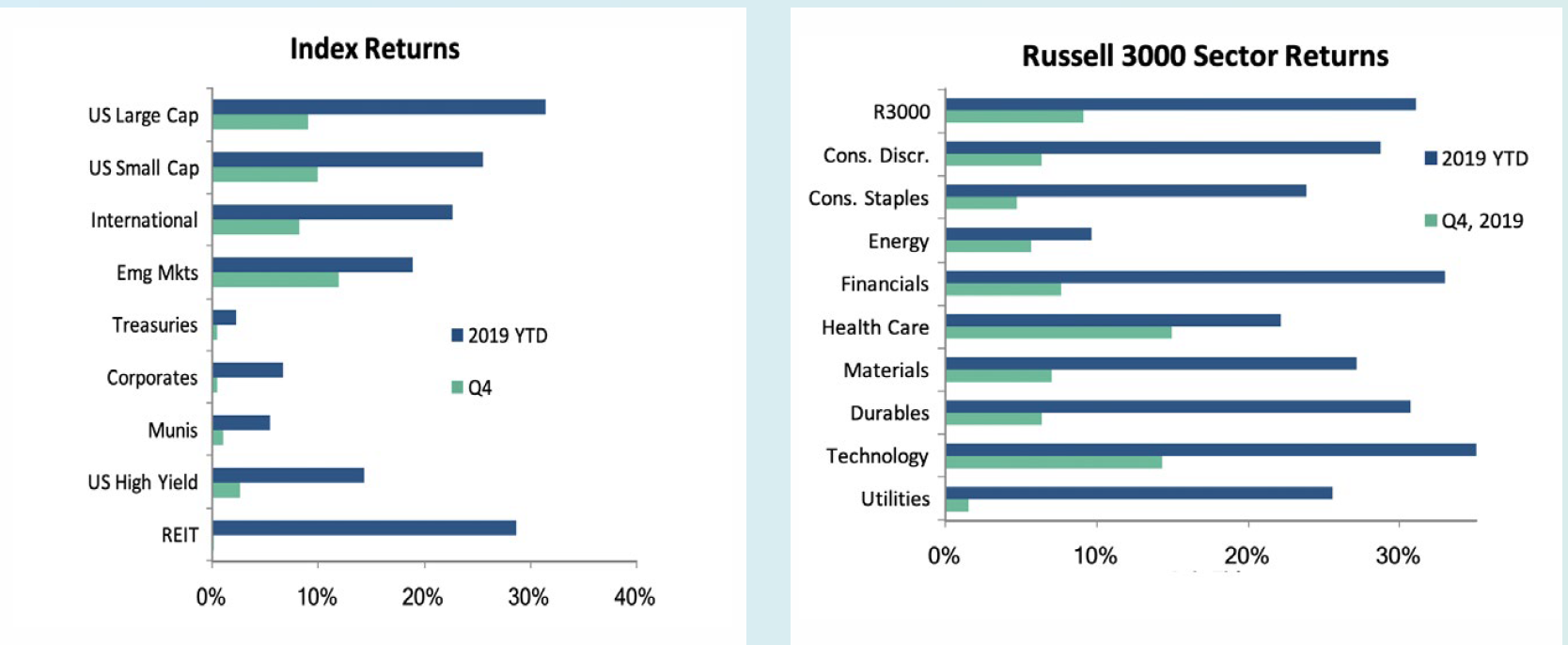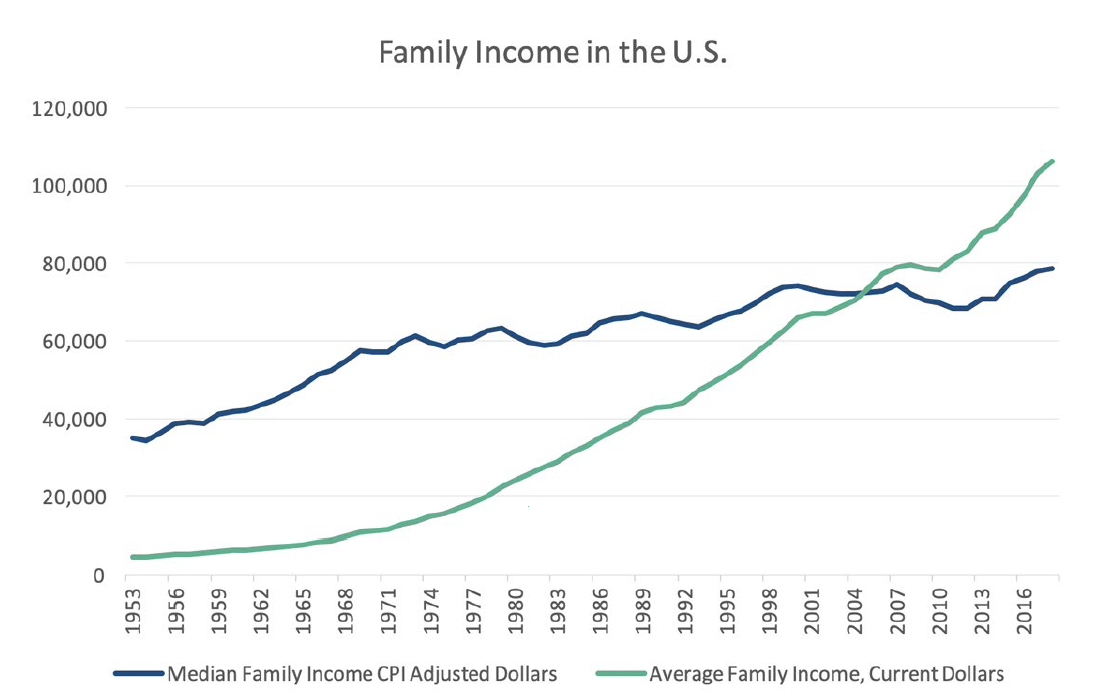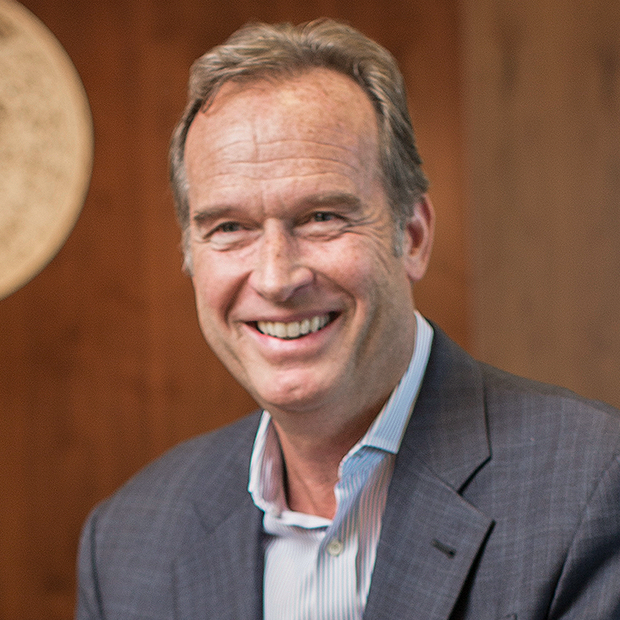Veris Celebrates 15 Years of Impact in our 2022 Impact Report
In this season of thanks, we are grateful to be celebrating our firm’s 15th Anniversary with the release of our 2022 Impact Report.
In this year’s Impact Report, we illustrate the positive social and environmental progress we have helped create, thanks to our wonderful clients, team, investment managers and industry partners.
As our CEO Stephanie Cohn Rupp writes, “Through a great recession, volatile markets, a global pandemic, and attacks against our sector steeped in deep misunderstanding, Veris has grown. We owe this to our wonderful clients who believe finance can be a force for justice and sustainability, to our talented team, and to our founders – whom I thank for making such a powerful dream a reality.”
This Impact Report also offers highlights from our history as one of the oldest independent wealth management firms with a 100% focus on authentic ESG and impact investing, our work in shareholder activism, efforts to dismantle obstacles to diversity, equity, inclusion, and belonging within Veris and across the industry, and much much more. We hope you enjoy it and we welcome your thoughts.
From all of us at Veris, we wish you a very Happy Thanksgiving!

